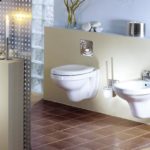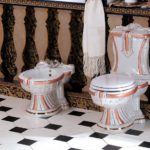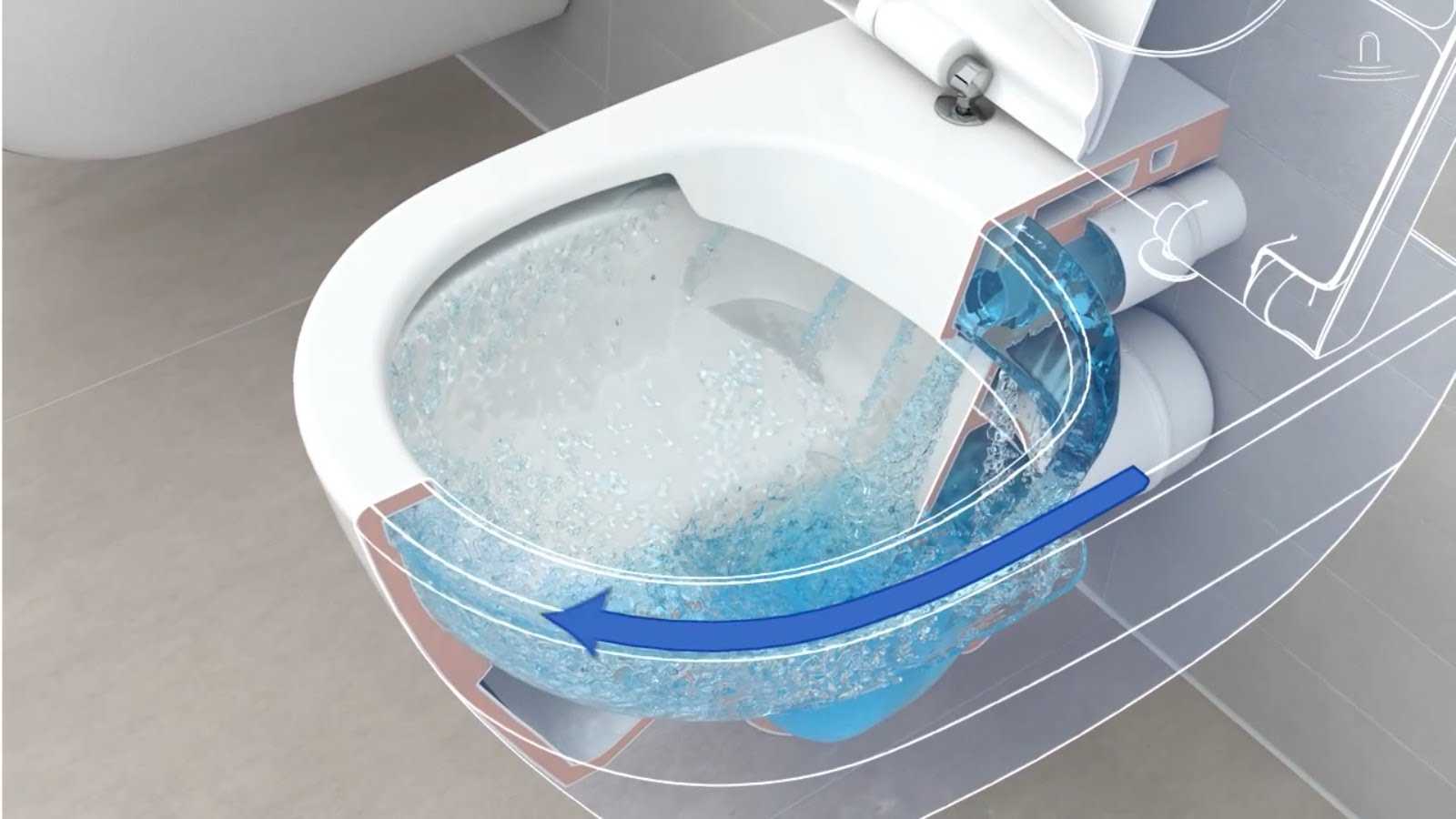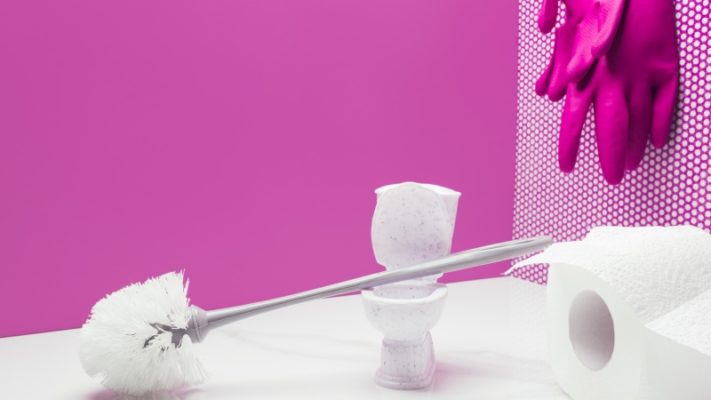What are toilets made of?
Choosing a toilet is a very difficult matter. Especially with the current abundance of different models on the market. When purchasing plumbing fixtures for your home, you should seek help from a sales consultant. But you should know the basic things yourself in order to get at least a little familiar with the topic.
The content of the article
What materials are toilets made from?
There are a large number of toilets on the market, which are made from different materials. Some bring coziness to the bathroom, others increase the prestige of the home, and others are distinguished by durability and strength:
- Faience. Does not have any special characteristics. It is very popular among buyers because it is easy to produce and has a relatively low cost.
- Porcelain. Refers to one of the types of ceramics. It is of higher quality and, naturally, more expensive material than earthenware.
- Cast iron. Makes toilets heavy and bulky. The models are not particularly diverse, but are still found on the market.
- Steel. Not very common in residential buildings, but popular in public restrooms.
- Acrylic. More recently it began to be used to create plumbing fixtures. Thanks to special production technology, a wide range of toilet bowl colors has been created. This is why designers fell in love with him. Due to their ease and ease of installation, such toilets are popular among summer residents.
- Stone. Easy to operate and durable.But such toilets are very expensive.
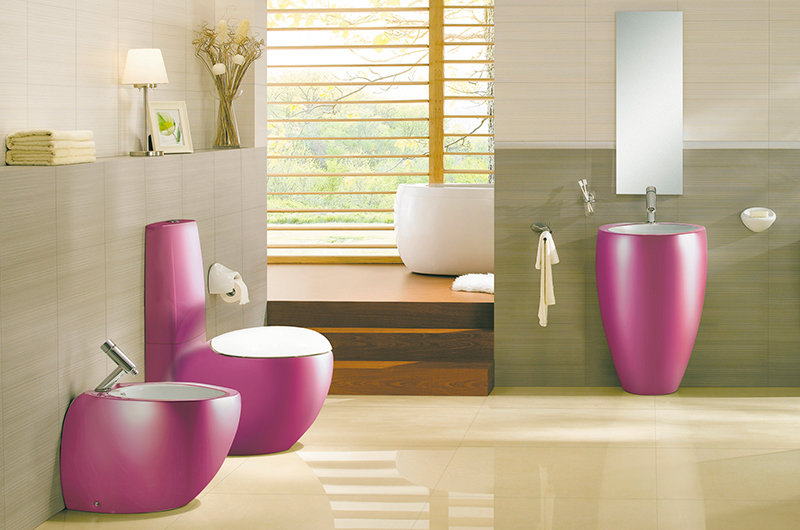
Pros and cons of toilets made of different materials
When choosing plumbing fixtures, it is worth knowing what it is made of and the main characteristics of the material.
Ceramics
Earthenware and porcelain are ceramics; they differ slightly in price and basic properties. Earthenware is more fragile than porcelain. But this is a very minor difference in terms of mechanical impact. Porcelain, due to its dense structure, absorbs less odors and dirt. According to manufacturers, a porcelain toilet will last an average of 50 years, and a faience one - about 35.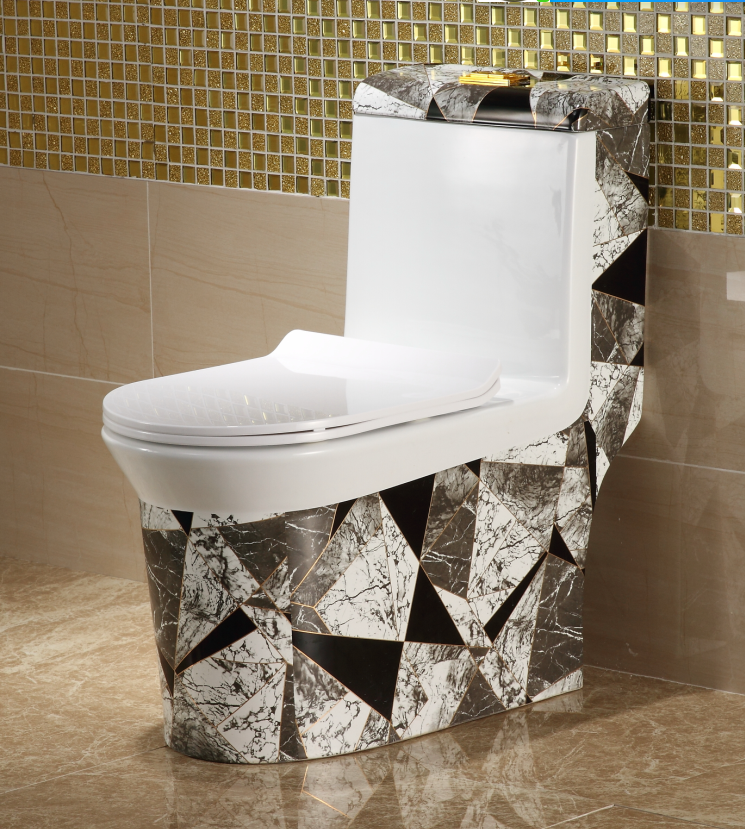
Metal
The positive aspects of steel toilets include durability, light weight and ease of maintenance. Such models are popular in public toilets. But if you want to create an unusual and extravagant bathroom design, then this will be an original solution.
Cast iron models are very heavy, which will be a big drawback during installation. Such plumbing lasts a very long time, although over time it becomes covered with a layer of dirt and darkens.
Polymers
Acrylic is very popular in the production of sanitary ware. Such models are resistant to mechanical damage, but easily melt under the influence of high temperatures. The special surface does not retain dirt and bacteria, so plastic toilets are very easy to clean.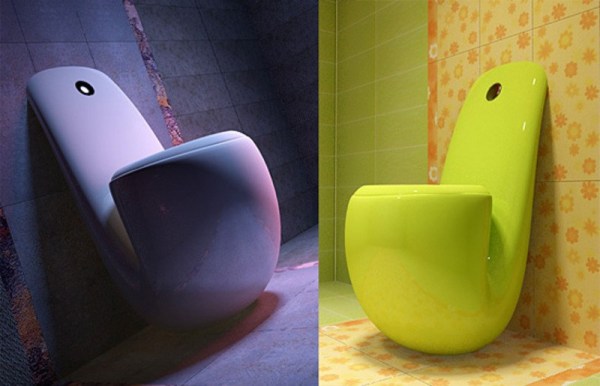
Attention! Although polymers do not require specific care, they are very vulnerable to products with abrasive particles. Under their influence, acrylic deteriorates and loses its neat appearance.
Stone
In the production of sanitary ware, various artificial and natural stones are used: granite, marble, onyx, travertine. Such models look very unusual and belong to the elite segment due to their high cost.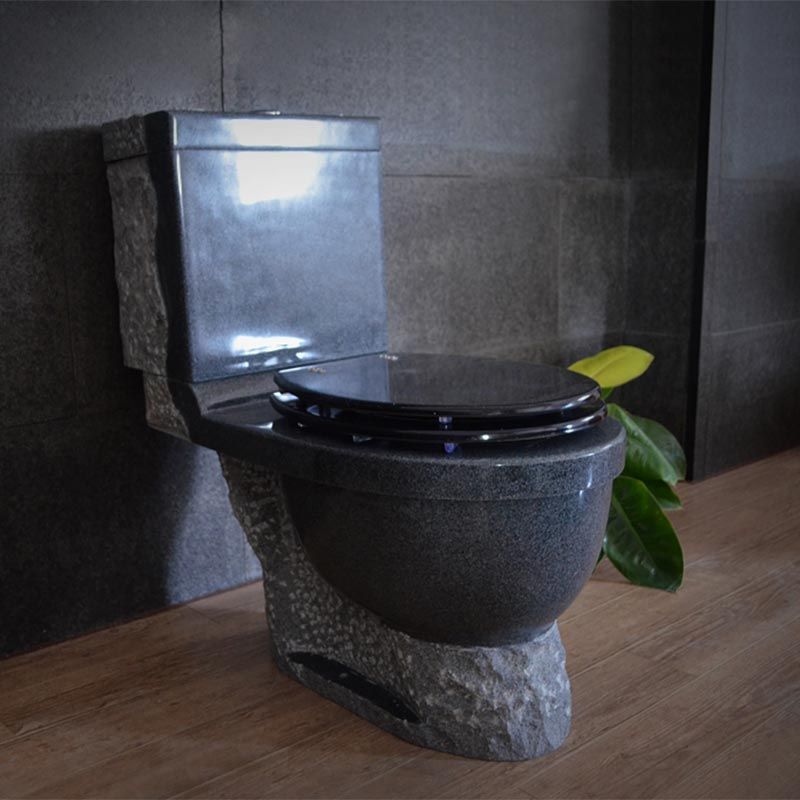
Natural materials are very heavy and fragile, and also have increased porosity. They can hardly be called hygienic, since they actively absorb dirt and moisture. But artificial materials have a number of advantages:
- strength, which significantly extends service life;
- smooth surface that does not allow germs and dirt to linger;
- lightness of the models, which facilitates their installation;
- relatively low price than natural analogues;
- simplicity and ease of care.
Knowing the features of plumbing fixtures made from different materials, it will be easier to make a choice.

